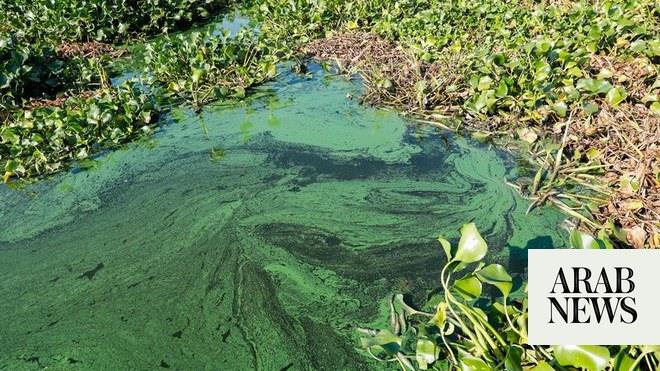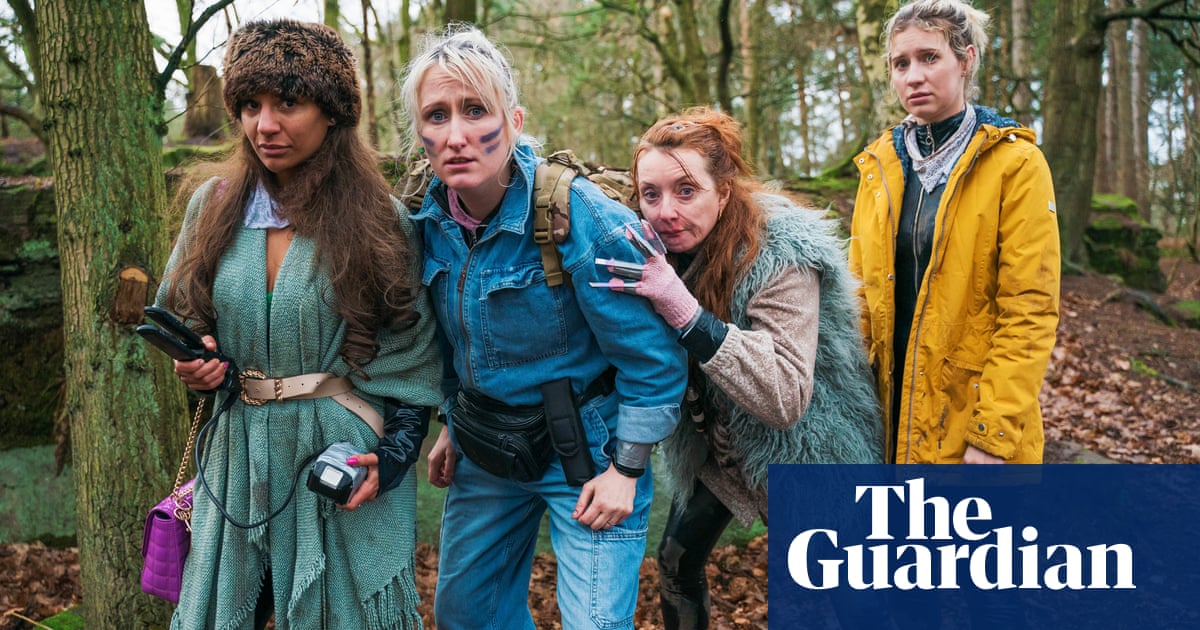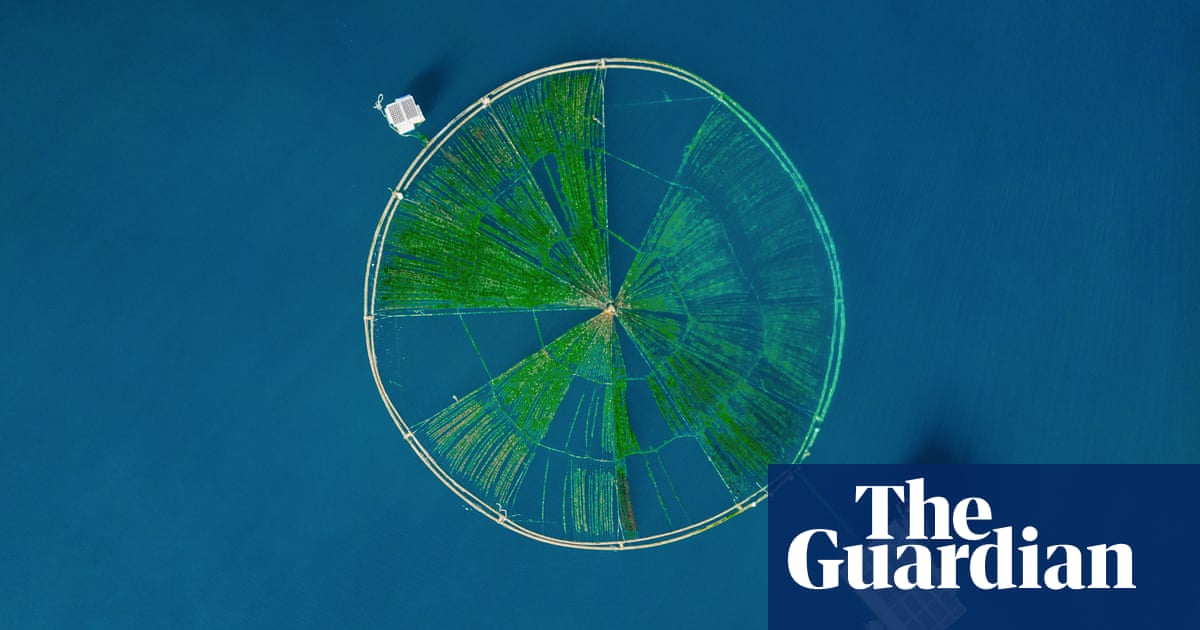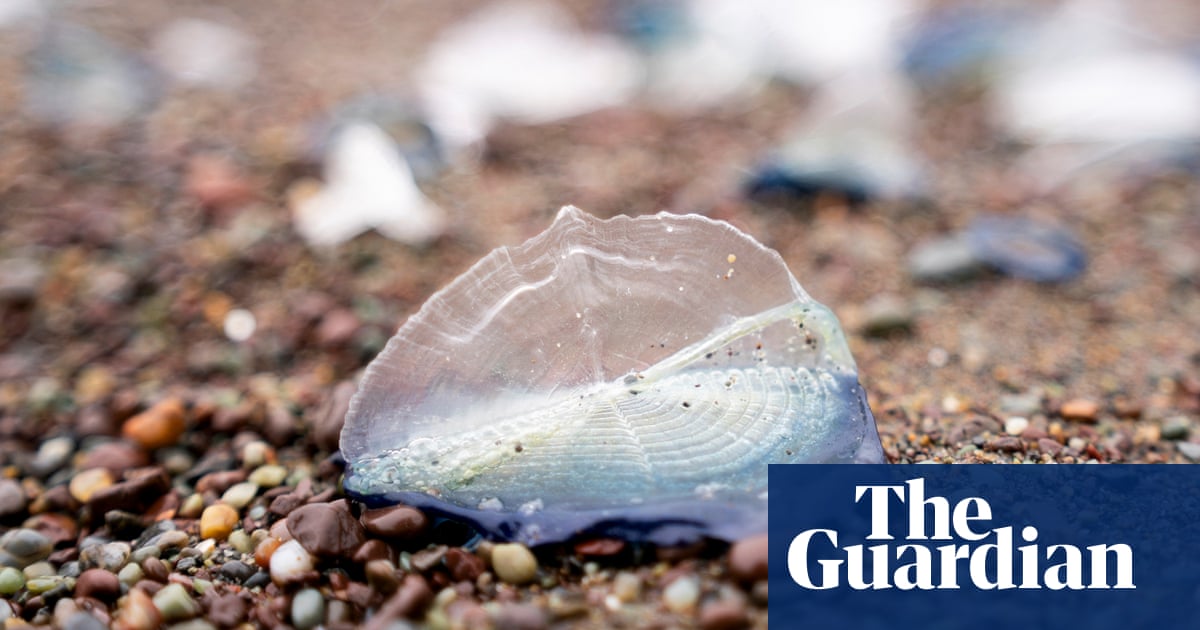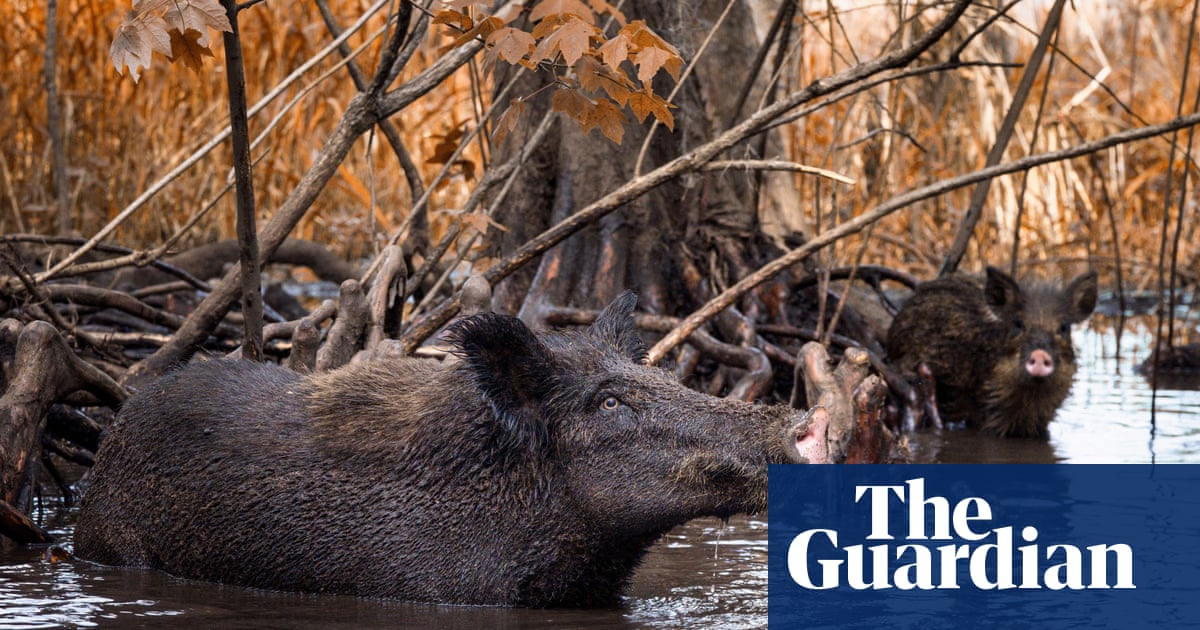
Globally, invasive species account for $423bn in losses each year, with a significant portion concentrated in the United States. They are estimated to cost US $120bn in damages annually, though the number has probably changed as the latest assessment dates back to 2005.
Whether its travel or the transportation of goods, human activity has contributed to the introduction of over 37,000 species into new habitats. Animals, plants, algae and disease-causing insects are introduced to new places by land or by water, either intentionally or by accident. Once established, they can out-compete native species, damage existing ecosystems and transmit diseases.
“Hawaii is the extinction capital of the world,” said David Wilcove, professor of conservation biology at Princeton University. Recently eight Hawaiian bird species were declared extinct, mainly due to disease carried by non-native mosquitoes. Introduced mosquitoes are vectors of avian malaria and avian pox which have hammered the Hawaiian birds due to their lack of immunity.
Not all invasive species are harmful, and there are plenty of non-native species that are important to the US, like cows, wheat and honey bees.
These are five invasive species in the US that concern many people.
Zebra mussels
Zebra mussels were first detected in the US in the 1980s. Native to Eurasian waters of Caspian and Black Seas, this freshwater mussel has since spread to the Mississippi River, Great Lakes, Hudson River, Lake Travis and other bodies of water. Growing into large clusters, these mussels not only disrupt ecosystems by attaching to shellfish and filtering out the algae they consume, but also clog water treatment plants, costing US over $1bn in damages a year.
“No one intended to bring them here,” Welcome said. They likely were brought in the ballast water of a ship used to stabilize the vessel. “They got discharged into the Great Lakes and were spectacularly successful,” Wilcove said.
Spotted lanternflies
First reported in the US in 2014, this invasive pest has spread in states like New Jersey, Connecticut, Maryland, Virginia, Indiana and Ohio.
The fly probably made its way to the US in a trade shipment, and spread across the states by hitchhiking on trains, cars, trucks and planes. Contrary to its name, the lanternfly is not very adept at flying. A recent economic study out of Pennsylvania, where the insect first established its US population, estimates that the insect could cost $324m annually, mainly from wine industry losses. Spotted lanternflies feed on grapevines and can damage trees and fruit crops, with states resorting to insecticides in effort to control the population.
Ornamental plants
Japanese barberry, baby’s breath and blue lyme grass are among what’s known as ornamental invasives, ones that are sold in nurseries and plant shops. While not as harmful as others, some plants that were intentionally brought into gardens due to their novelty not only thrive in the new environment, but spread outside of the gardens and are able to grow on their own, overtaking native plants.
“You want to be able to quickly detect when a potentially problematic species has gotten a foothold,” Wilcove said. “The US operates under a policy that basically says, ‘You can bring anything you want into this country, unless it’s on a list of species that are prohibited from being imported,’ a certain blacklist of species,” Wilcove said. “There’s a presumption of innocence until a species is proven guilty. The problem with that is we just don’t know with any certainty which species are going to be problematic.”
European starling
This bird was introduced in New York’s Central Park in 1890, as part of an effort by a small group of bird lovers to introduce to the US every bird species mentioned in the works of Shakespeare. Since then this bird almost drove the eastern bluebird, the state bird of New York, into extinction due to competition for nesting site.
Starlings are also a pest in agriculture, eating food meant for cattle, and pose a threat to fruit and grain crops. The cost in damages from starlings was estimated to be $800m according to last available research in 2000, but it’s expected to have risen since then. Efforts to control the bird resulted in more than a million of them killed in 2021 alone by the wildlife service.
Feral pigs
Feral pigs are one of the most detrimental invasive species worldwide. With presence in at least 35 states, they feed on vegetation, destroying plants all the way to their roots, impacting soil and future survival of rare plants. Feral swine also pose a health risk, as they carry a multitude of viral and bacterial diseases, as well as parasites that can be transmitted to humans and other animals. The problem is especially adverse in the south, with Texas especially hard hit as the animal can be found in every county, and where hunting them is legal. The US Department of Agriculture estimates that the damages from feral pigs cost around $2.5bn a year.
Much like the species that pose threats to the US, many native US species cause real problems in other parts of the world.
The North American grey squirrel is considered an invasive species in the UK. They carry deadly squirrel pox and outcompete native red squirrels for food as they eat seven times their amount.
“It is a global issue,” Wilcove said. “And villainizing any particular part of the world for introducing its species is nonsense.”
This article was amended on 5 January 2024 because an earlier version mistakenly included honeysuckle, rather than honey bees, as an example of a non-native species that is important to the US.




